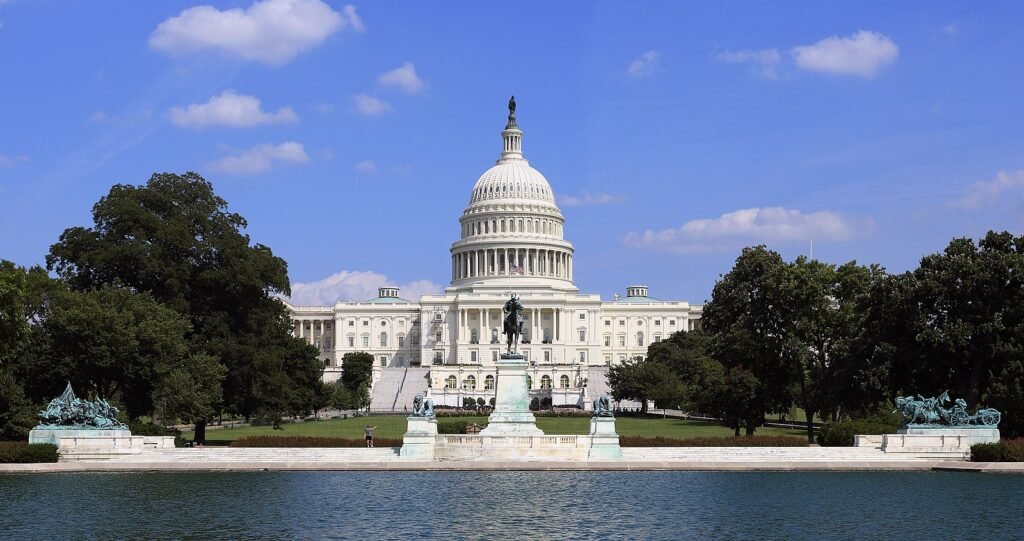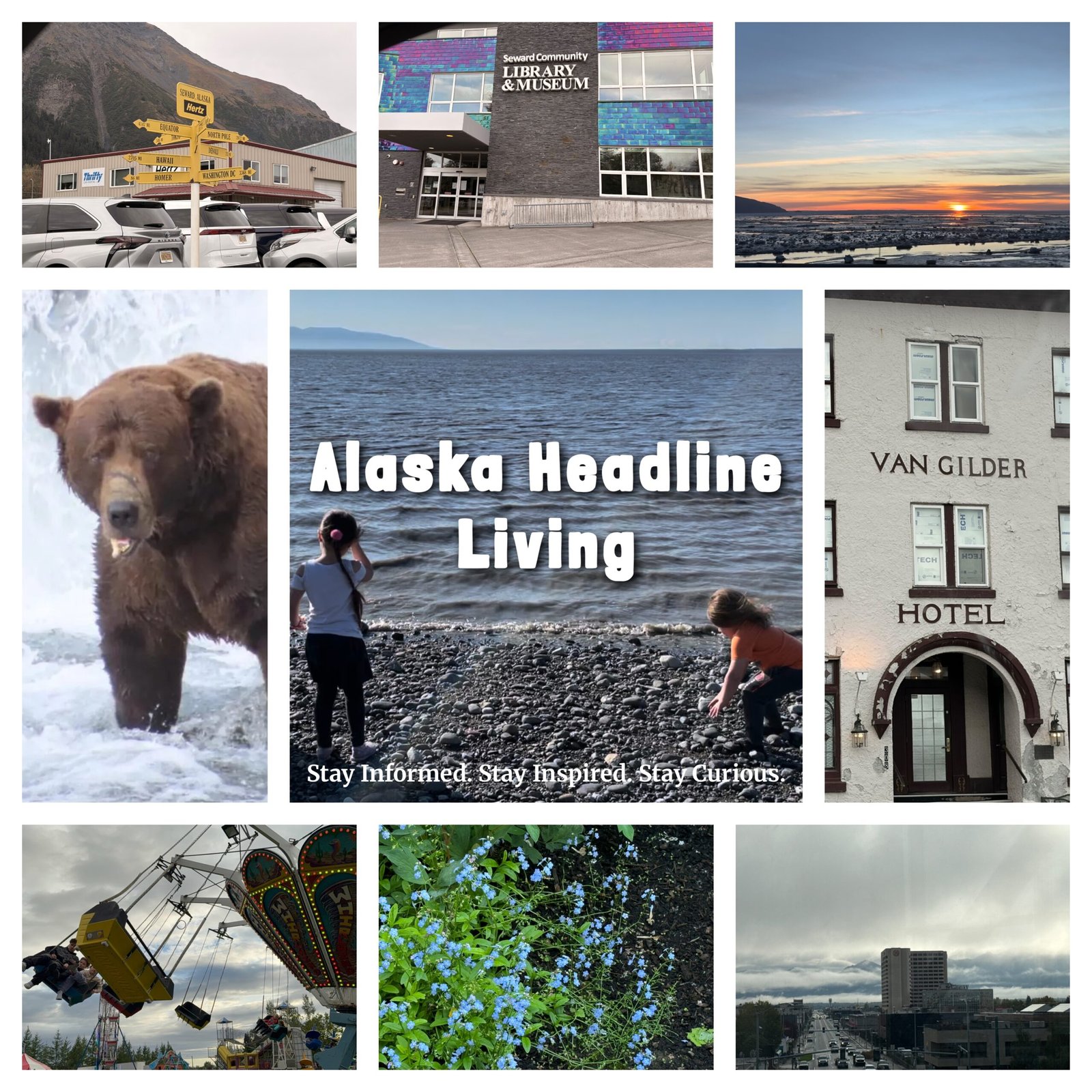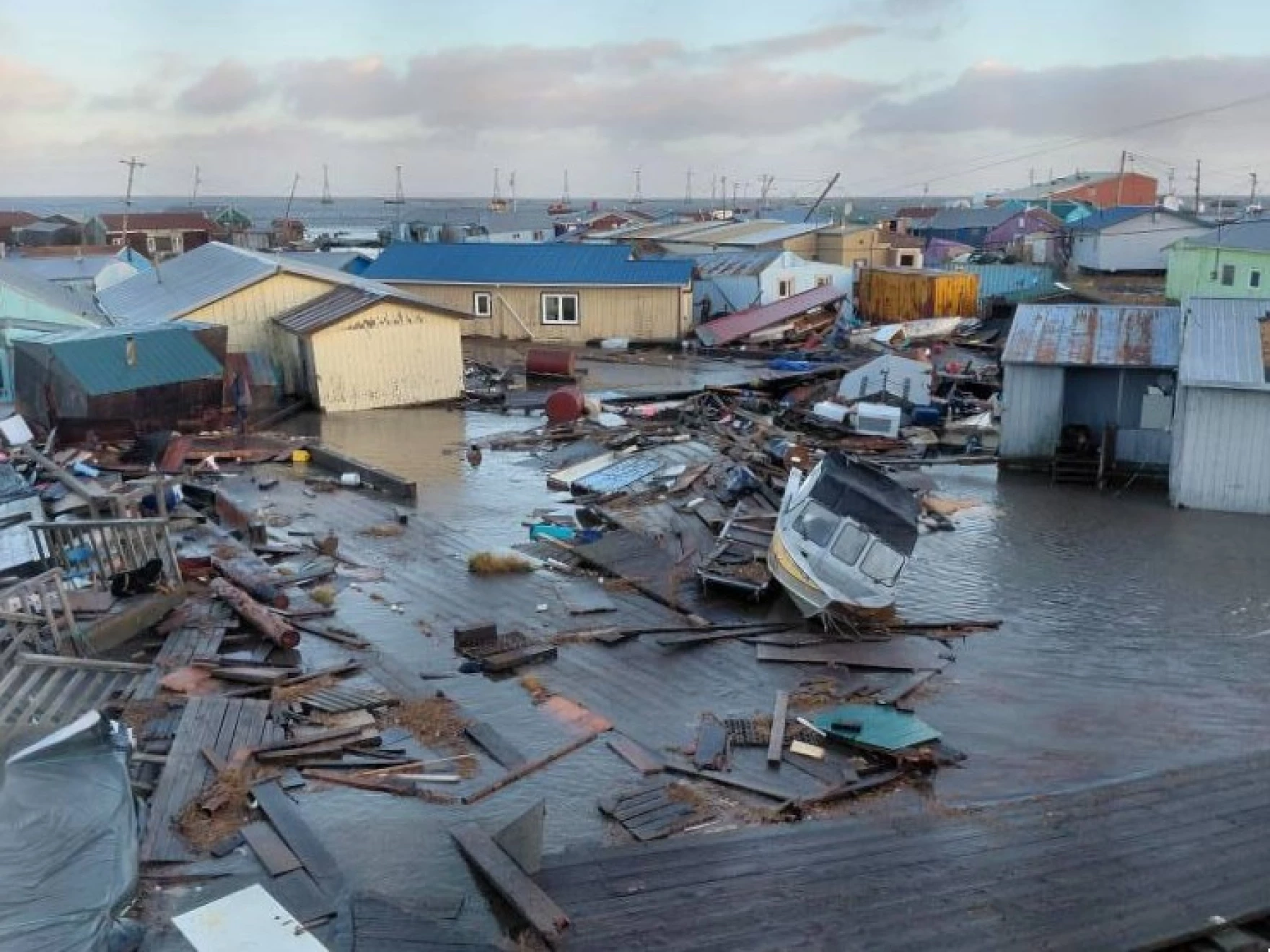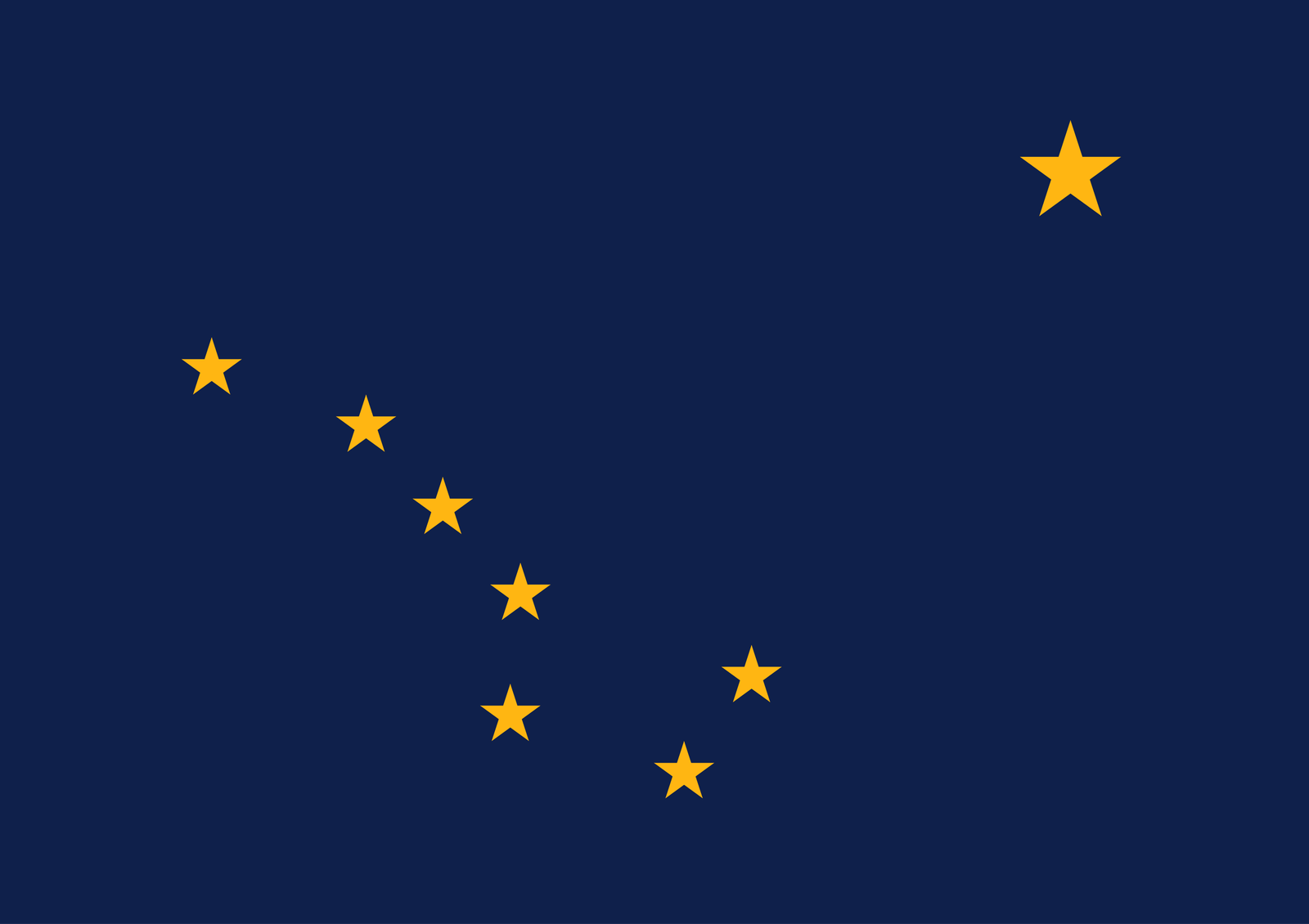The ongoing federal government shutdown, now in its 24th day, is severely impacting programs essential for children and families, particularly the Supplemental Nutrition Assistance Program (SNAP) and the Special Supplemental Nutrition Program for Women, Infants, and Children (WIC).
By Gina Hill | Alaska Headline Living | October 2025 (updated with state data and federal program status)
As the federal shutdown threatens November food benefits, thousands in Alaska face steeper gaps in coverage. Fertility-care access also varies wildly by state: only a minority require insurers to cover IVF.

Millions of Americans rely on a patchwork of federal and state programs for health insurance, fertility care and food assistance, and that patchwork looks very different from state to state. Nationally, the U.S. uninsured rate sits near historic lows, but some states (including Alaska) still have above-average uninsured populations; only a minority of states require insurers to cover in-vitro fertilization (IVF); and SNAP (food-stamp) benefits, paid federally but run by states, are at immediate risk if the federal government remains unfunded. Census+2Resolve+2
Quick national snapshot (what the data says)
- Uninsured rate (U.S.): The Census Bureau’s latest data show the U.S. uninsured rate around 8.2% (2024 data releases), reflecting small year-to-year movement but meaningful variation by state. Census
- IVF / infertility coverage: As of spring 2025, roughly two dozen states plus D.C. have some fertility-insurance laws; fewer (about 15) include explicit IVF coverage. That means most Americans live in states without a legal requirement that insurers pay for IVF. Resolve+1
- SNAP: SNAP served an average of ~41.7 million people per month in FY2024; state shares vary widely (from under 5% of residents to above 20% in the highest states). With a prolonged federal shutdown, many states warn November benefit payments could be delayed or halted. Economic Research Service+1
State-by-state picture: Three Things to Scan for Each State
I pulled the published datasets so you can quickly check three indicators for every state (examples below). The primary sources used are: KFF/Census for insurance figures, RESOLVE/KFF for infertility law maps, and USDA/ERS + state reports for SNAP statistics. KFF+2Resolve+2
How States Cluster
- Insurance (uninsured) clusters: States that expanded Medicaid and invested in outreach tend to have the lowest uninsured rates; several states in the South and Mountain West still show the highest uninsured shares. (See Census/KFF state maps for the full breakdown.) Census+1
- IVF coverage cluster: ~15 states mandate IVF coverage in some markets (Massachusetts, New Jersey, Illinois, etc. among them); many states either mandate some infertility services (but not IVF) or have no infertility mandate at all. Employers in most states can choose whether to offer fertility benefits. Resolve+1
- SNAP vulnerability cluster: Every state depends on federal monthly funding for SNAP issuance; because of the October-2025 federal shutdown many states (Texas, Pennsylvania, California, Minnesota, New York and others) have warned recipients that November payments may be delayed or halted without replenished appropriations. Reuters+1
Alaska: The Numbers That Matter
- Uninsured: Alaska’s uninsured rate has been higher than the national average; recent state-level estimates put the number of uninsured residents at roughly 10–10.5% (about ~73,000 people using 2023 data), meaning Alaska ranks among states with elevated uninsured populations. That gap is driven by a mix of remote-area access issues, employer-coverage changes and policy choices. Health Journalism+1
- IVF / fertility coverage: Alaska does not have a comprehensive state mandate requiring insurers to cover IVF. Insurers and employer plans in Alaska may offer fertility benefits, but there is no statewide law forcing coverage the way a dozen-plus states do. That means access to IVF in Alaska is largely a function of employer plans, individual market offerings, Medicaid eligibility, or out-of-pocket ability. ReproductiveFacts+1
- SNAP in Alaska: About 68,300 Alaskans (≈9.2% of the state population) got SNAP in FY2024; state officials have warned that if federal appropriations are not restored, some Alaska recipients could face delayed November benefits (as other states already warned). Alaska’s Department of Health and Social Services has contingency pages and guidance for recipients. USAFacts+2State of Alaska | Department of Health+2
What this means for everyday people

- If you’re uninsured or underinsured: In high-uninsurance states (including Alaska), people feel the squeeze in higher out-of-pocket costs and less preventive care. Medicaid expansion and Marketplace premium tax credits have been key levers to reduce uninsurance, rollbacks or policy shifts would increase the uninsured in many states. Census+1
- If you need IVF or fertility care: Don’t assume your state or employer will pay. Check your employer’s benefits and your state law. In many states including Alaska, IVF still depends on employer plans or self-pay options; a federal policy that only “encourages” employer coverage won’t statistically deliver universal free IVF. Resolve+1
- If you rely on SNAP: Right now the single biggest near-term risk is the federal shutdown: states have warned of delayed/halted November SNAP payments unless appropriations resume. Low-income households should follow their state human-services alerts and local food-bank guidance. Reuters+1
Sources & how you can dig deeper (top documents I used)
- Census Bureau / ACS: Health Insurance Coverage by State (2023–2024). Census
- Kaiser Family Foundation (KFF): state health-coverage and uninsured dashboards. KFF
- RESOLVE / professional reproductive-medicine trackers: state infertility and IVF insurance law map. Resolve+1
- USDA / ERS and FNS: SNAP participation and state issuance tables (FY2024, Jan 2025 updates). Economic Research Service+1
- Alaska state pages and state SNAP resources: Alaska Dept. of Health & Social Services (SNAP / Quest card info) and state SNAP participation stats (USAFacts / CBPP state brief). State of Alaska | Department of Health+2USAFacts+2
- Recent reporting on the federal shutdown’s threat to SNAP benefits (Reuters, CBS, ABC).




